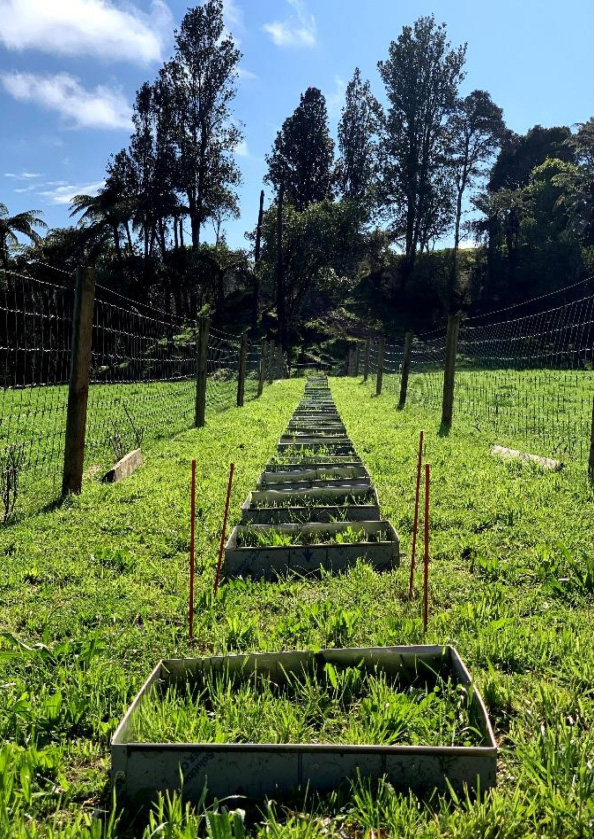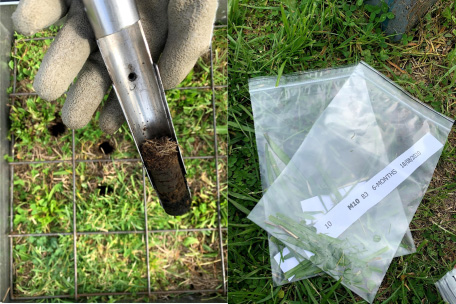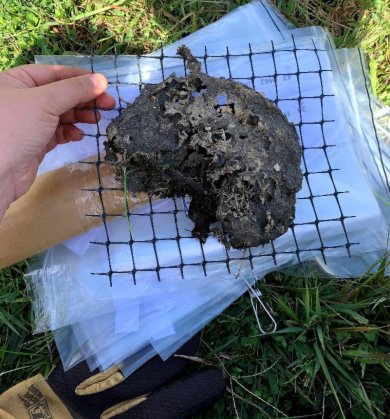As part of her PhD research at the University of Waikato, Fez Hasan has set up a large mesocosm experiment at Otorohanga NZ to quantify the effects dung beetles are having on pasture biomass production, soil nutrients and microbial activity over a 12-month period. The experiment was begun in February 2019 but unfortunately the restrictions caused by Covid-19m prevented several scheduled site visits in 2020 . Overall, the experiment has progressed well, with initial data collected, and is now being performed in two phases, in which two species of dung beetles over two seasons are being evaluated. The NZ data will be provided to collaborators in the DBEE project in Australia and will be contrasted with Australian field data. Fez hopes to find some novel results on the impact of introduced dung beetles into New Zealand pastures.


